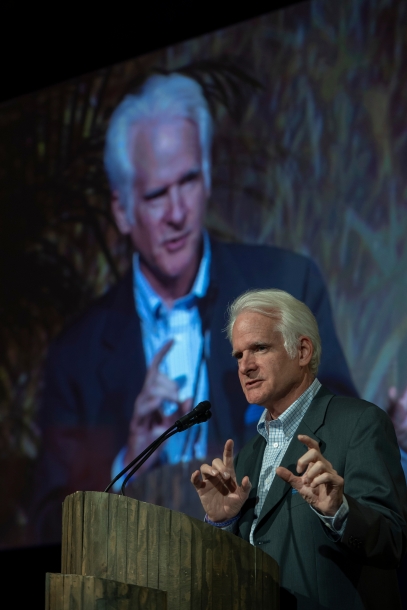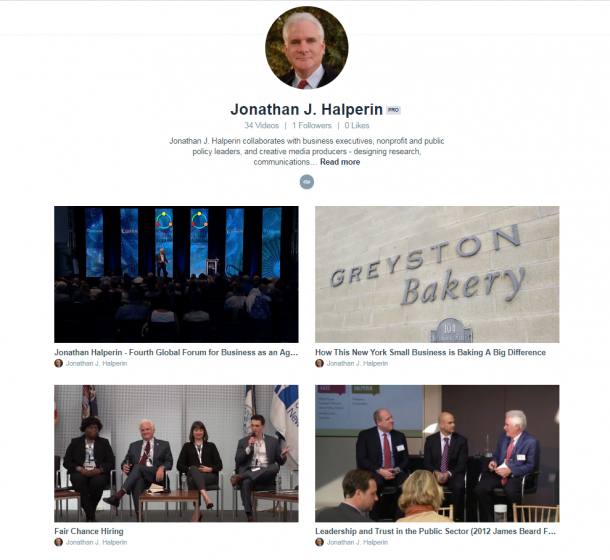You are here
Are Borders History?
From earthquakes and mudslides in Chile, Japan and California; from droughts across America’s fruit and vegetable heartland; to flooding in Pakistan and creeping lava in Hawaii as well as a smoking volcano in Iceland; from killings in Ferguson, Missouri, to the Russian invasion of Ukraine; from the collapse of the state in Libya and the rise of the Islamic State across the Middle East; from Gaza to the Golan Heights one could be forgiven for feeling that things are coming unstuck.
Borders certainly are not the sacrosanct demarcation lines they once were – whether in Europe, Africa, or the Middle East. The Ebola virus crisscrosses borders largely unchecked from Guinea to Sierra Leone, from Liberia to Senegal and Nigeria. The traditional models of ensuring border security, public health, economic stability, and food distribution are under immense stress.
While NATO leaders plan for deployment in the future of a rapid deployment force to protect Eastern Europe, Russian boots on the ground have made a mockery of the border with Ukraine. Claiming a common cultural and linguistic identify with the eastern region of Ukraine that trumps international borders, laws, and principles, Russian leaders have “torn up the international rulebook…” according to NATO Deputy Secretary General Ambassador Alexander Vershbow. And Russia, “one of the most powerful nuclear nations,” as its current autocrat has thought necessary to remind everyone, becomes ever more mired in its own special form of historical dementia. Ever afraid of being encircled by enemies and cut-off from the world, Russia again has used brute force to enlarge its borders, creating a buffer zone of discontent people – thus guaranteeing that its greatest fears will come to pass. Unable to manage itself in the present, Russia calls upon its history and thus condemns itself to a future of endless struggle and strife.
The old story, about Brezhnev’s recurring nightmares still resonates. As Russians would tell it, Brezhnev awakes with a start, sits upright in bed, sweating, as he looks into Red Square and imagines a Pole eating Matzo ball soup – with chopsticks. Putin, perhaps, dreams instead of “New Russia,” Novorossiya, but his thinking is as old as Mother Russia herself. His mental map is from the age of Kievan Rus’ and Prince Oleg in the 9th century.
In other ancient lands, the new “Islamic State” has emerged as if from the ashes of death and destruction in Syria and the fragmentation of Iraq. While its brutality is positively medieval, its grasp of social media is very 21st century. And like Russia’s Putin, the “Islamic State” seeks to legitimize brutality with the patina of history – in this case the 7th century origins of a caliph as “the commander of the believers.”
In Russia, history has always been malleable. I was in Moscow when high school history exams were cancelled. After a spasm of truth-telling during the brief period of openness known as “Glasnost” it was clear that the answers provided in the history books that were used all year in schools were wrong – and there was thus no way to grade the exams.
Yet this sweep of human history, over thousands of years from caliphs and princes to social media and satellites, is but the blink of an eye against the slow tectonic rumblings of earthquakes and volcanoes. Whether continents or borders, customer relationships or supply chains, little is as fixed as we might like to think. Things change, always. Good news for cartographers -- and people and businesses leaning into unknown futures, respecting, but not trapped by history.
- jonathan.halperin's blog
- Log in or register to post comments

